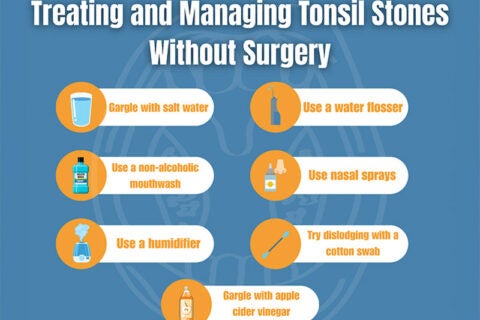What Is Cocaine Nose and How Does It Impact Your Sinus Health?
Cocaine is one of the most popular illicit drugs in the world. It is a potent stimulant drug and is a powerful substance notorious for being extremely addictive. People who have consumed cocaine in extreme amounts will have to suffer from its harmful effects on their physical and mental health.
Cocaine is a unique drug because it can be used in four ways: orally, by inhalation, intravenously, and intranasally. Orally means rubbing the substance onto the gums, while inhalation involves smoking the substance. Intravenously means dissolving cocaine in water and injecting the mixture into the bloodstream, and intranasal use means snorting the substance through the nose.
All methods of using cocaine allow the substance to enter the body and can have varying effects on one’s body and health. We will be focusing on the use of cocaine by snorting and how this method has unique effects on one’s nasal and sinus health.

What Is Cocaine Nose?
Prolonged use of cocaine via the nose leads to a condition called cocaine-induced septal perforation, widely known as cocaine nose. This is a severe condition and causes damage to nasal tissue, frequent nosebleeds, chronic infections, and potentially even nasal collapse.
What happens to the nose when cocaine is snorted?
When snorted through the nose, the blood vessels in the nose constrict and narrow. This results in reduced blood flow, meaning the tissues in the nasal passages receive less oxygen as time goes by. The less oxygen and nutrients the nasal tissues receive, the greater the risk of the tissues dying. When nasal tissues die, it can lead to structural damage and perforations.
The first time someone snorts cocaine, damage to the nose begins immediately. Cocaine is abrasive, toxic, and often acidic, which irritates the delicate tissues inside the nasal passages. With repeated use, this irritation leads to chronic dryness and inflammation. Over time, scar tissue forms, making it harder for the nose to heal properly. This ongoing damage disrupts the nose’s structure and function, and in severe cases, can lead to the death of nasal tissue.
Cocaine Nose: The Common Signs and Symptoms
Cocaine snorting causes damage to both the structure and function of the nose. This leads to noticeable symptoms that can worsen over time:
- Chronic nasal pain: Cocaine is a harsh chemical and is made up of abrasive crystals. Regularly snorting cocaine causes chronic nasal pain. This, plus the ongoing damage from snorting, causes a burning sensation in the nasal cavities.
- Nosebleeds: The intranasal use of cocaine weakens and ruptures the delicate blood vessels in the sinuses, causing frequent nosebleeds.
- Chronic sinus infections: People who use cocaine by snorting often suffer from chronic and persistent sinus infections. This results from the consistent damage and inability to heal due to constant exposure.
- Nasal congestion: Constant nasal exposure to cocaine results in chronic swelling and inflammation of the sinus passages leading to nasal congestion, restricted airflow, and difficulties in breathing.
- Runny nose: The use of cocaine by snorting causes chronic irritation of the sinus passages triggering continuous mucous discharge, resulting in a persistent runny nose.
- Perforation of the nasal septum: Continuous use of cocaine intranasally can lead to the perforation of the nasal septum. This causes the formation of a hole between the nostrils on the septum because of tissue damage from cocaine use; it is not only physically painful and uncomfortable but will also impact one’s ability to breathe. A surgery may be required to rebuild the nasal structure.
- Saddle nose: A saddle nose is a nasal deformity characterized by the widening and flattening of the nose. This results from the loss of nasal septum support due to tissue damage. Nasal surgery can also fix this deformity.
- Palatal perforation: Chronic cocaine use can also lead to perforation in the oral palate, causing a hole between the mouth and nasal cavity causing food or liquid to leak in.
Know When to Seek Help for Chronic Cocaine Use
Cocaine is a highly addictive substance. It significantly impacts the user’s physical and mental health. Moreover, it can damage nasal health, affecting not only the nasal structure but also its function. No risk is ever worth taking for a temporary feeling of high and happiness, especially if it takes away your ability to breathe and smell. If you are dealing with what is known as cocaine nose due to chronic cocaine use, schedule a consultation with SoCal Breathe Free!


